Gallery: Planck Spacecraft Sees Big Bang Relics
The Planck Mission
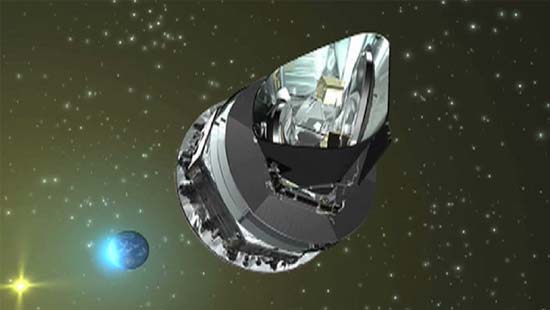
Planck is Europe's first mission to study the relic radiation from the Big Bang
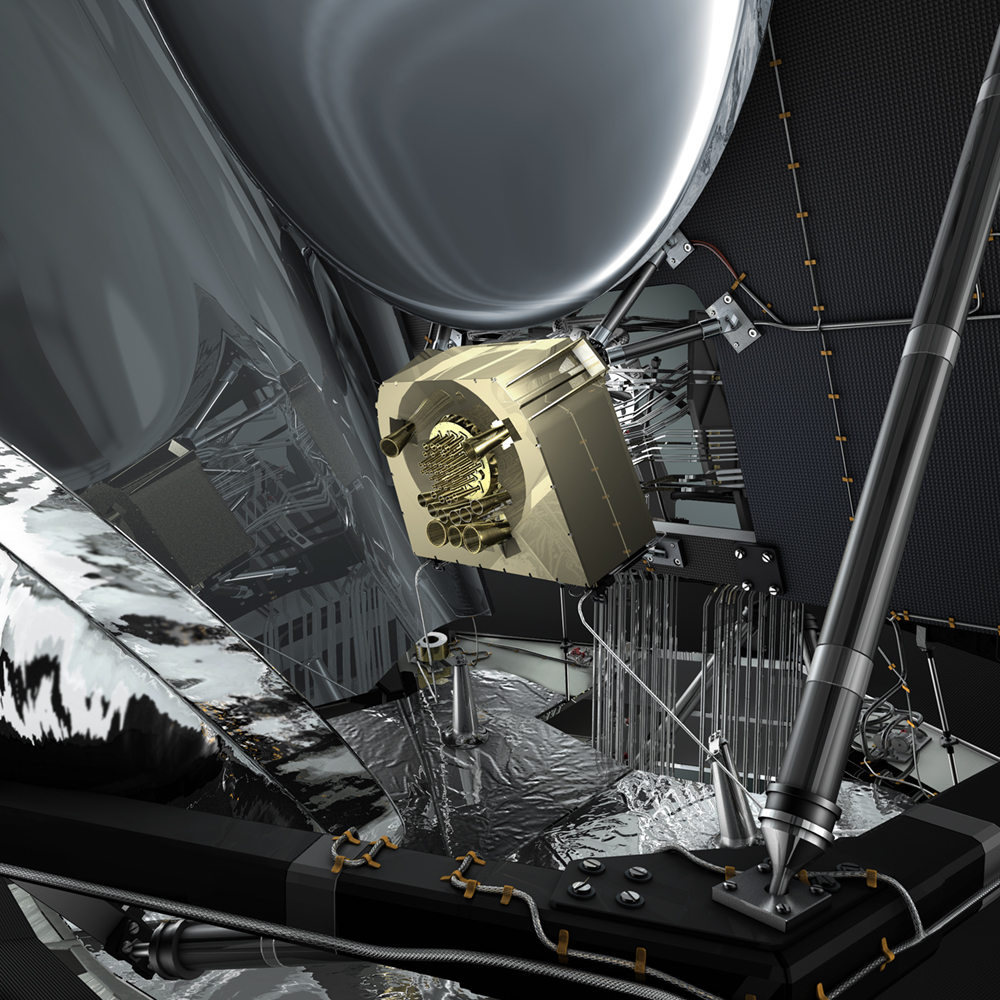
This artist's impression shows the focal plane unit of the Planck telescope.
Planck's instruments will operate at a few degrees above absolute zero. To achieve this, a series of cooling stages are required. Without any additional cooling, the spacecraft itself can passively cool to around 50 K (about -223ºC).
For the Low Frequency Instrument (LFI) the focal plane is cooled to around 20 K (about -253ºC). The signals received in the instrument horns are amplified and passed through waveguides to a back-end unit (which is at around 300 K, or about 27ºC) where the signals are processed.
The High Frequency Instrument (HFI) unit is more compact and sits entirely within the LFI housing at about 18 K (about -255ºC). The bolometers (devices for measuring incident electromagnetic radiation) are then stage cooled to just 0.1 K (-273.14ºC) with the detected signals again processed in a warmer back-end readout and data processing unit.
Isolating the various components and cooling only small volumes to the coldest temperatures the optimum efficiencies and mission achieve lifetime.
Planck's Space Detectors
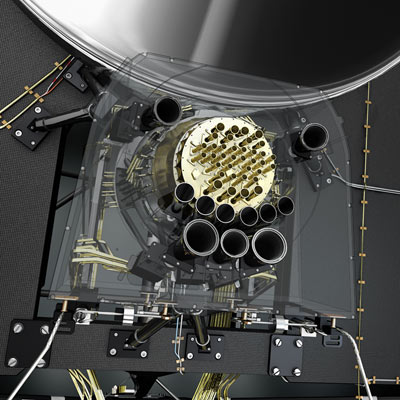
This artist's view shows the combined focal plane of the two instruments on board ESA's Planck spacecraft. The High Frequency Instrument (HFI) is visible as a circular forest of horns at the centre, surrounded by the Low Frequency Instrument (LFI) ring of horns.
The two instruments detect the collected radiation in different ways. LFI is designed to convert the lower energy microwaves into electrical voltages, rather like a transistor radio. HFI works by converting the higher energy microwaves to heat, which is then measured by a tiny electrical thermometer. The instruments share a common telescope.
Europe's High-Tech Planck Spacecraft
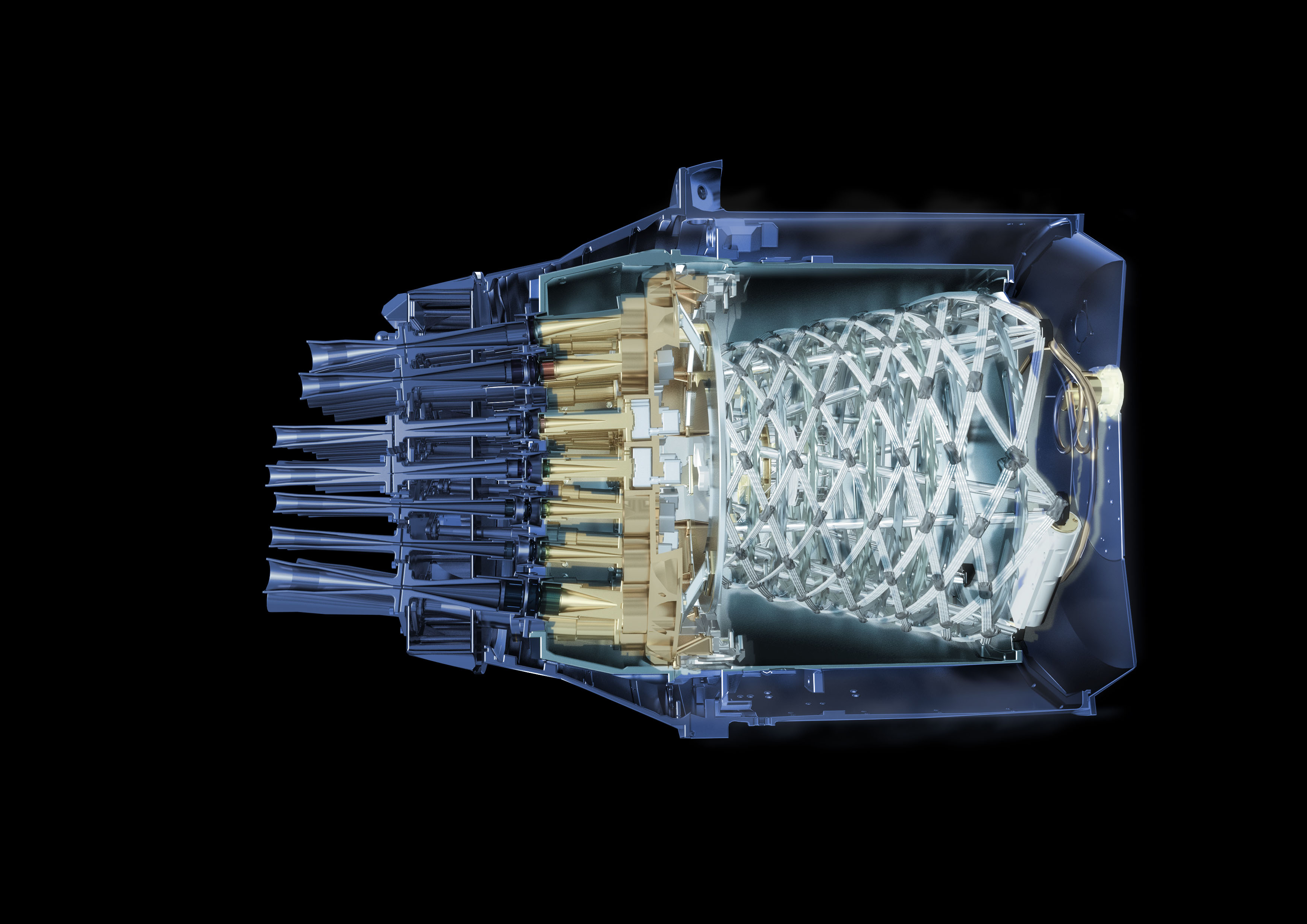
Located in the focal plane of the telescope, Planck’s Low Frequency Instrument (LFI), and the High Frequency Instrument (HFI), are equipped with a total of 74 detectors covering nine frequency channels. These detectors must be cooled to temperatures around or below 20 K so that their heat does not swamp the faint microwave signals they are designed to detect.
Planck Telescope Snaps First Images
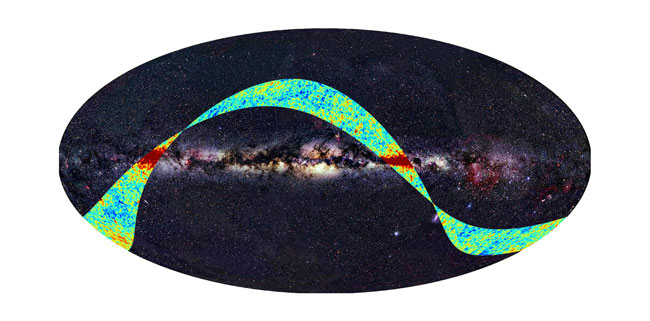
One of Planck's first images is shown as a strip superimposed over a two-dimensional projection of the whole sky as seen in visible light. The strip covers 360-degrees of sky and, at its widest, is about 15 degrees across. The prominent horizontal band is light from our Milky Way galaxy.
Planck's View of Orion Nebula (Close-Up)
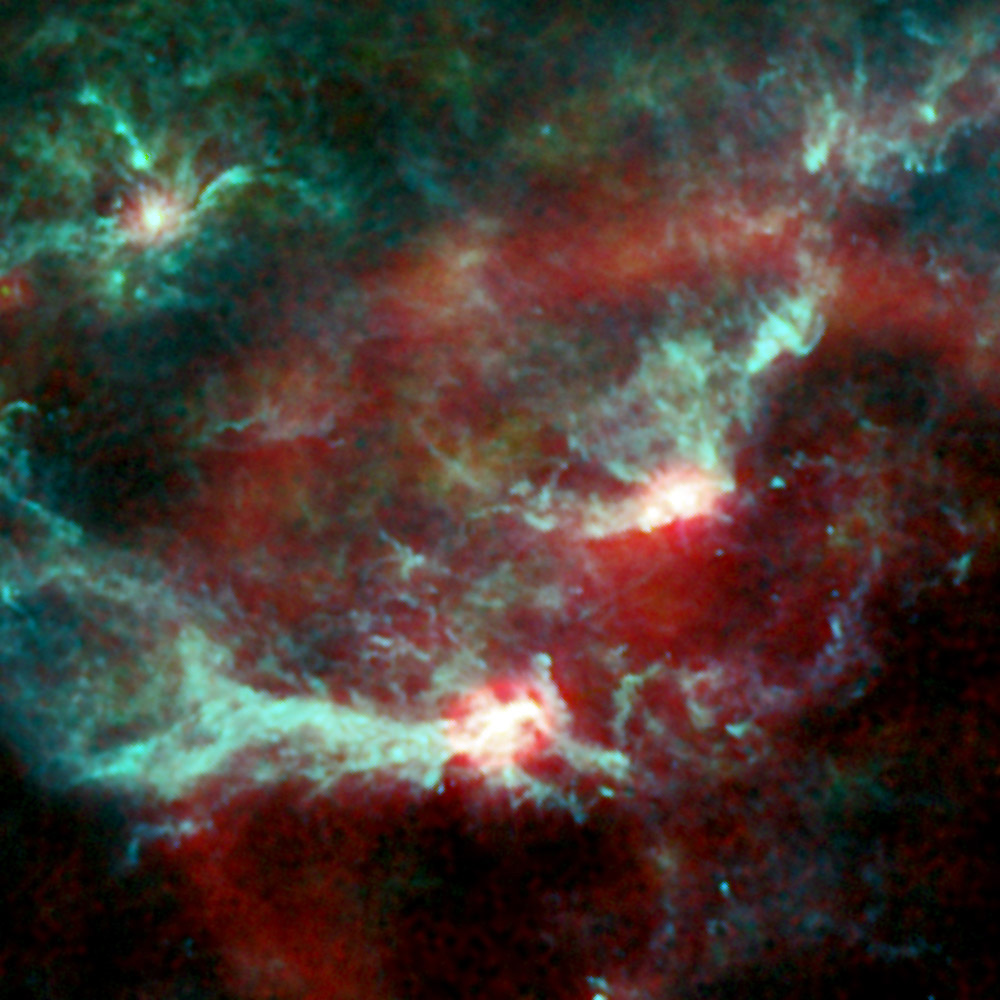
An active star-formation region in the Orion Nebula, as seen By Planck. This image covers a region of 13x13 degrees. It is a three-colour combination constructed from three of Planck's nine frequency channels: 30, 353 and 857 GHz. This image was released on April 26, 2010.
New Sky Map Could Help Reveal How Universe Formed
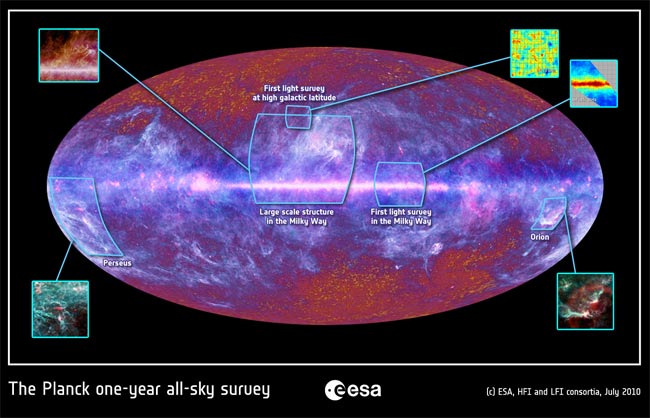
The microwave sky as seen by ESA's Planck satellite. Light from the main disk of the Milky Way is seen across the center band, while radiation left over from the Big Bang is visible on the outskirts of the image. Full story.
Get the Space.com Newsletter
Breaking space news, the latest updates on rocket launches, skywatching events and more!
Planck View of Milky Way - Jan. 11, 2011
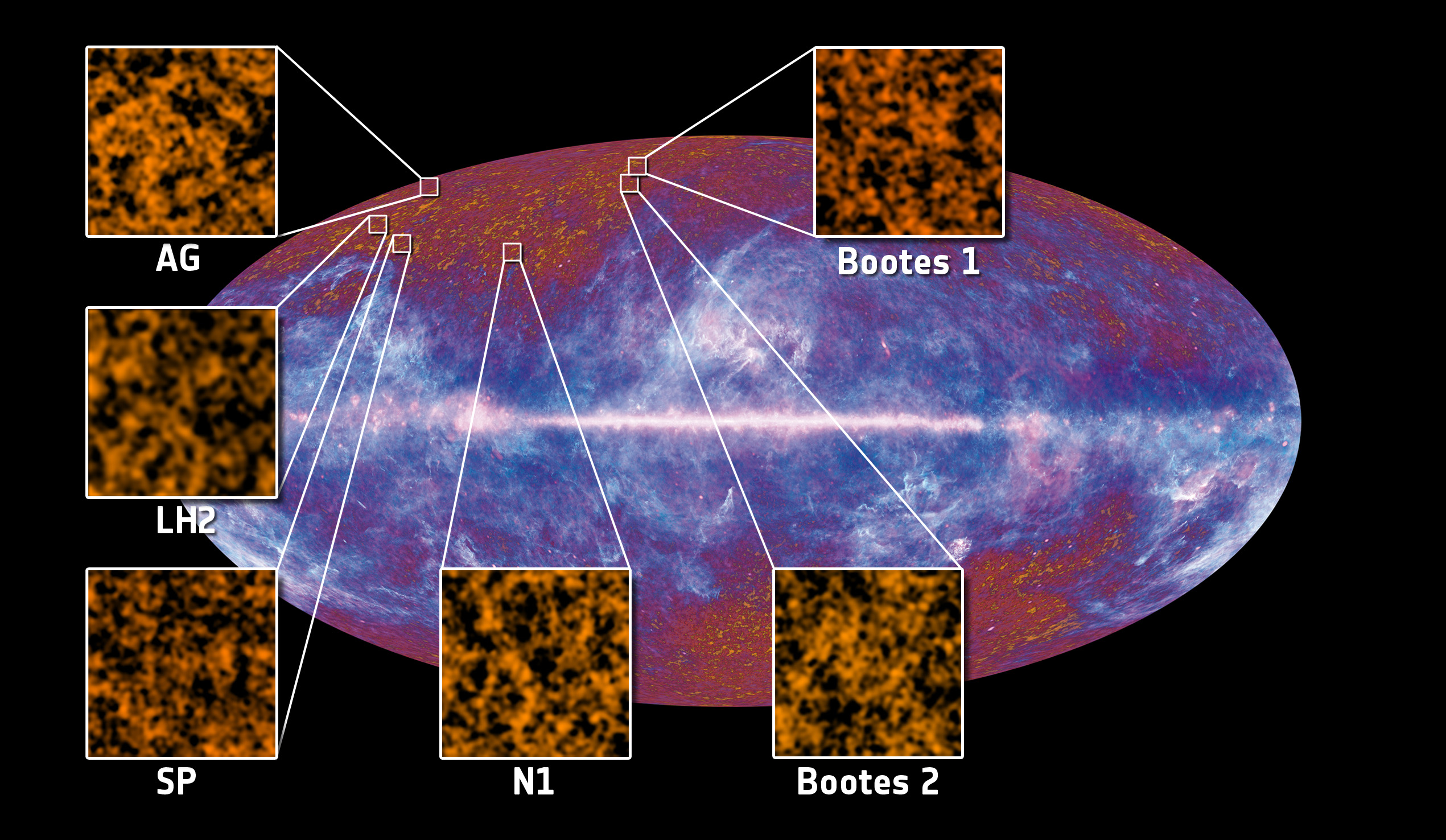
This image shows the location of the first six fields used to detect and study the Cosmic Infrared Background. The fields, named N1, AG, SP, LH2, Boötes 1 and Boötes 2, respectively, are all located at a relatively high galactic latitude, where the foreground contamination due to the Milky Way's diffuse emission is less dramatic. It was released on Jan. 11, 2011.
Clumps of Star-forming Cores Across the Sky
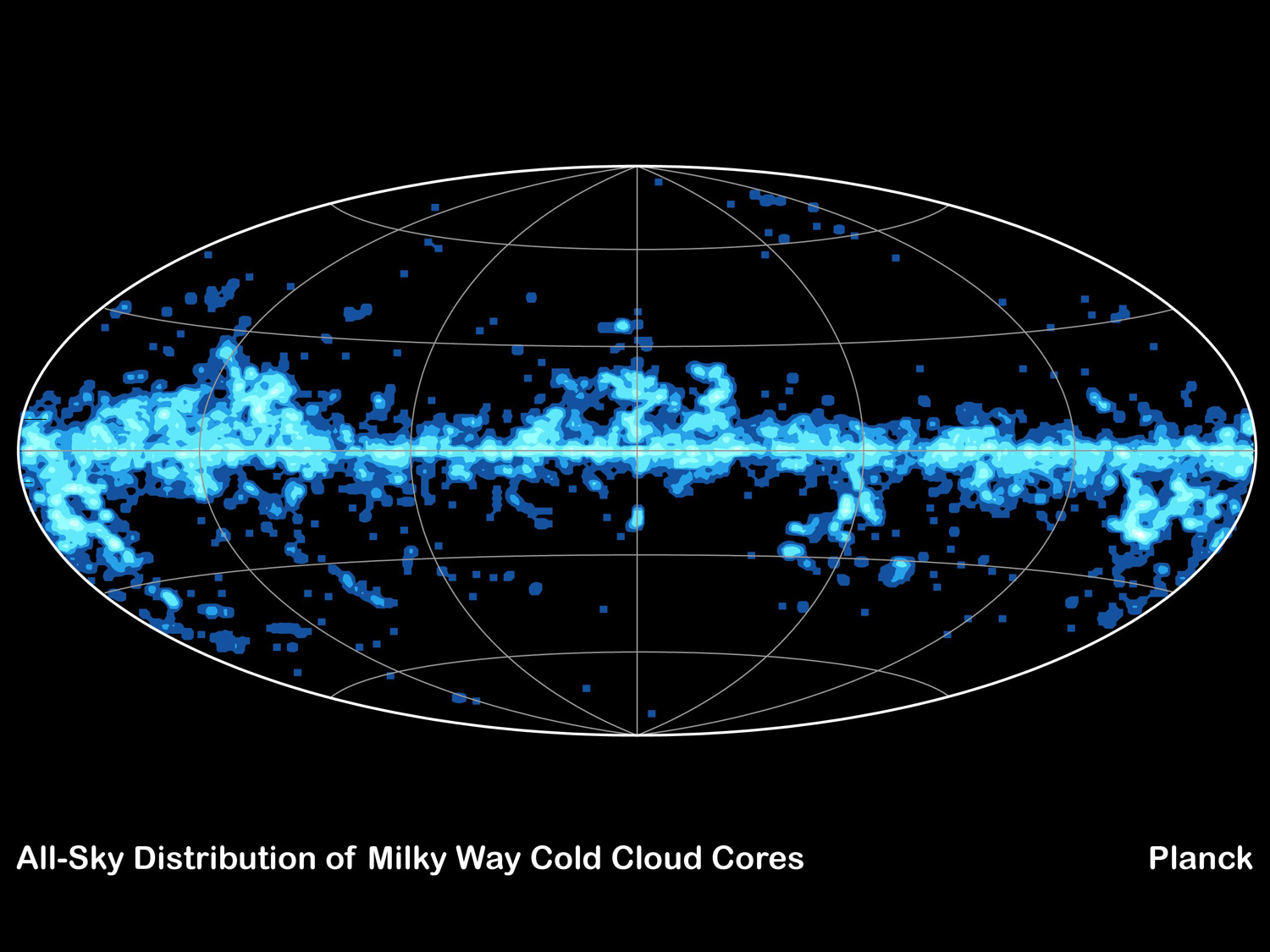
This map illustrates the numerous star-forming clouds, called cold cores, that Planck observed throughout our Milky Way galaxy. Planck, a European Space Agency mission with significant NASA participation, detected around 10,000 of these cores, thousands of which had never been seen before.
Planck 'Time Machine' to Study Big Bang
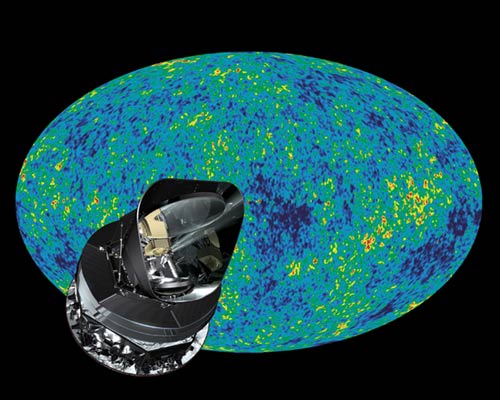
In this image, Planck is superimposed on a false-colour map of the CMB charted by NASA's WMAP satellite in 2003. Planck will improve enormously the sharpness and clarity of all the features in the map.
Join our Space Forums to keep talking space on the latest missions, night sky and more! And if you have a news tip, correction or comment, let us know at: community@space.com.

Space.com is the premier source of space exploration, innovation and astronomy news, chronicling (and celebrating) humanity's ongoing expansion across the final frontier. Originally founded in 1999, Space.com is, and always has been, the passion of writers and editors who are space fans and also trained journalists. Our current news team consists of Editor-in-Chief Tariq Malik; Editor Hanneke Weitering, Senior Space Writer Mike Wall; Senior Writer Meghan Bartels; Senior Writer Chelsea Gohd, Senior Writer Tereza Pultarova and Staff Writer Alexander Cox, focusing on e-commerce. Senior Producer Steve Spaleta oversees our space videos, with Diana Whitcroft as our Social Media Editor.









